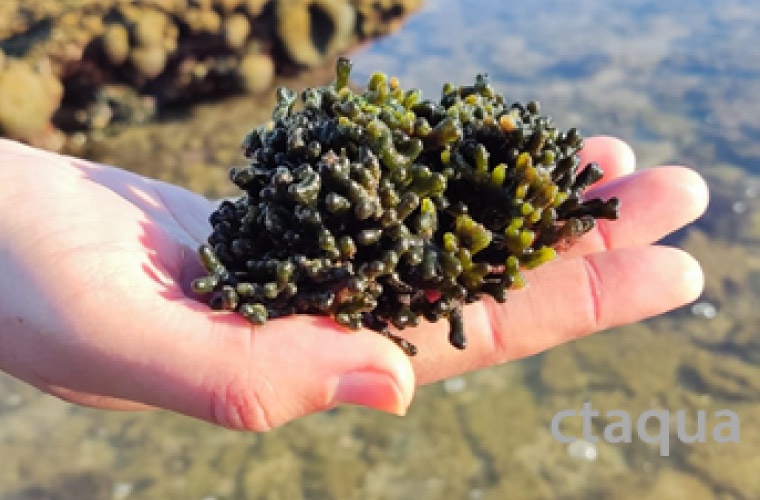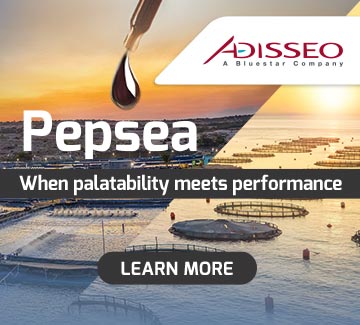 Codium sp |
Codium sp |
Researchers from Portugal and Spain have discovered that two locally abundant Atlantic seaweed, Osmundea sp (a red macroalgae) and Codium sp (a green macroalga), as sustainable and functional ingredients for the European seabass (Dicentrarchus labrax) aquaculture industry.
The study, part of the Algalup co-funded by the Interreg España-Portugal programme was conducted at the CIIMAR Aquaculture Research Centre in Matosinhos, Portugal, tested juvenile European seabass (40-50g) fed diet containing 5% of these macroalgae.
Seaweed were collected along the Atlantic coast of Galicia (Spain) and Northern Portugal. By transforming this coastal biomass into aquafeed ingredients, the research team proposes a low-impact alternative ot imported plant proteins and fishmeal, two key contributors to the environmental footprint of modern aquaculture.
The fish were fed diets containing 5% dried biomass of either Osmundea sp or Codium sp, incorporated in both raw and processed (autoclaved) forms.
Results revealed that Osmundea sp can be safely included at 5% without any processing, maintaining growth performance, feed efficiency, and survival rates comparable to the control diet. In contrast, fish fed raw Codium displayed lower growth and digestibility, particularly in apparent digestibility coefficient for dry matter and protein.
However, when Codium underwent a simple autoclaving treatment (121ºC for 15 minutes), these negative effects were reversed. The process enhanced digestibility and protein utilisation, confirming autoclaved Codium as a viable sustainable ingredient for seabass diets.
Beyond nutritional performance, Codium extracts demonstrated immunomodulatory potential attributed to their polysaccharide content. This suggests possible benefits in supporting fish immunity during stress or disease, adding functional value to its inclusion in aquafeeds. Both Osmundea and Codium are also recognised sources of bioactive compounds with antioxidant, antibacterial, antiviral, and immunoregulatory properties.
By replacing part of the fishmeal and imported plant ingredients with locally sourced Atlantic algae, the study points to a new pathway for sustainable seabass production that supports both fish health and ecosystem resilience.


